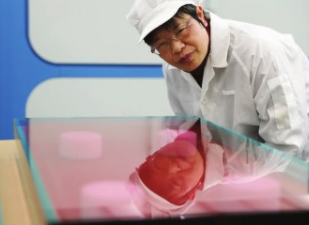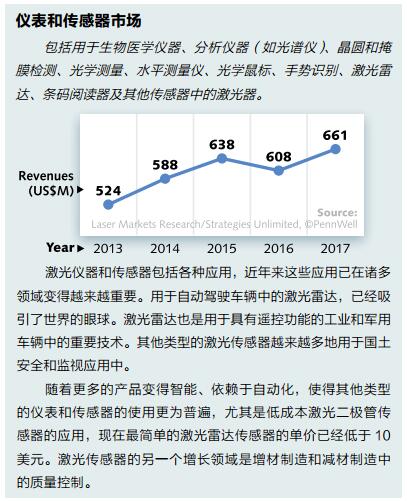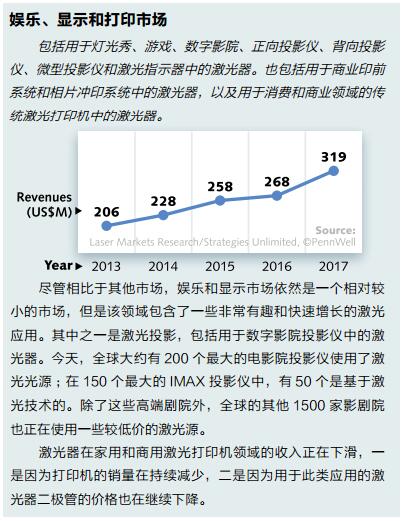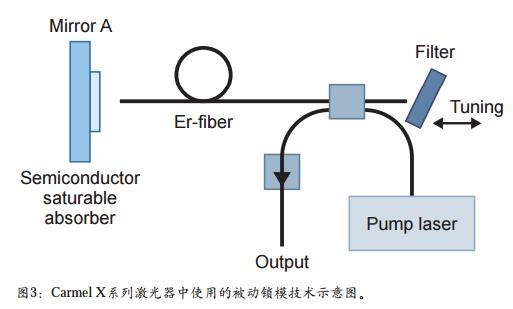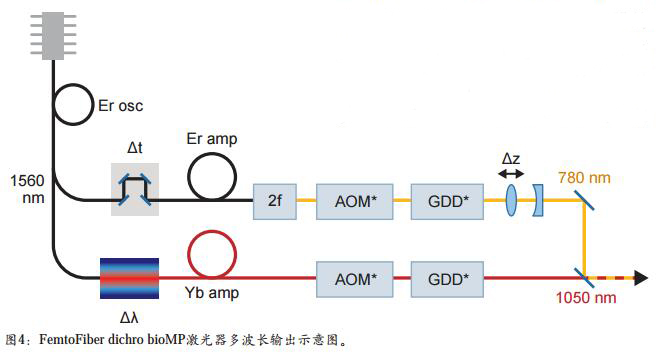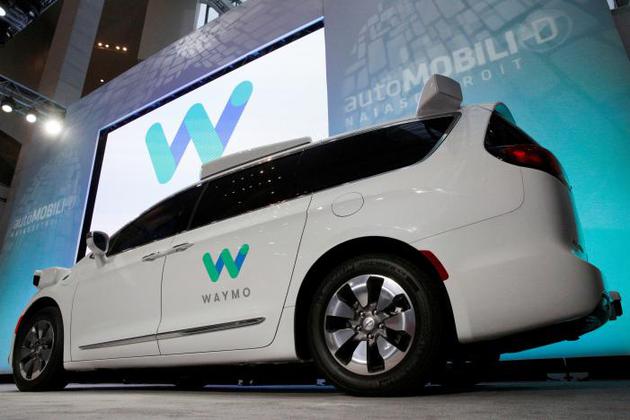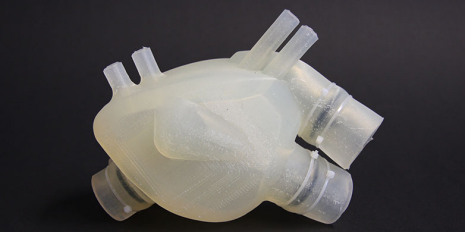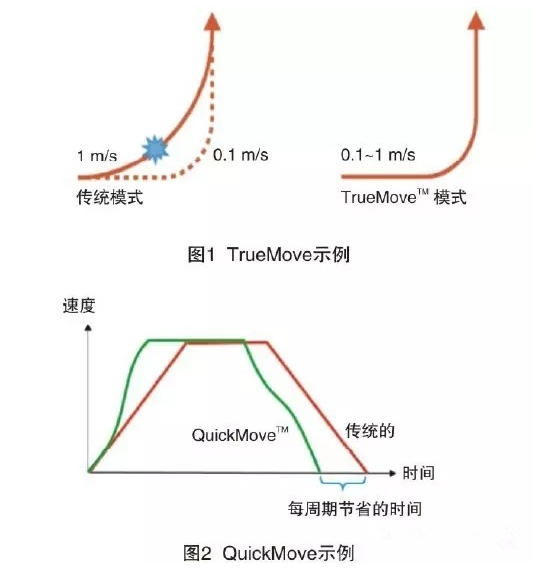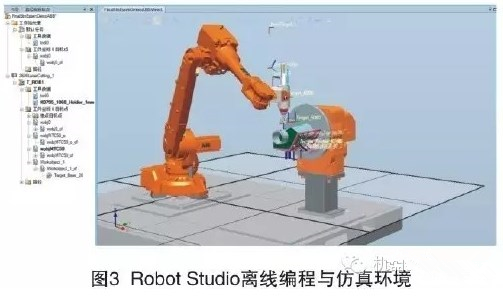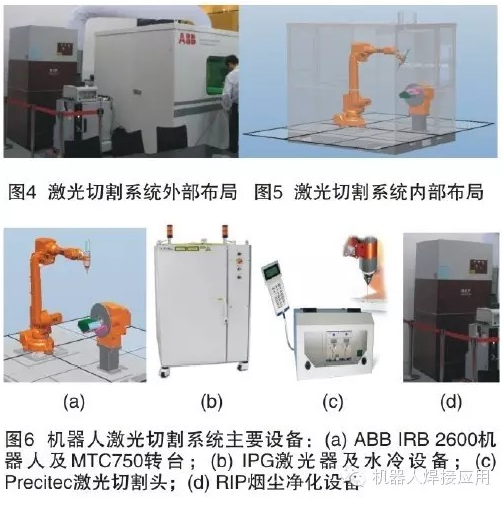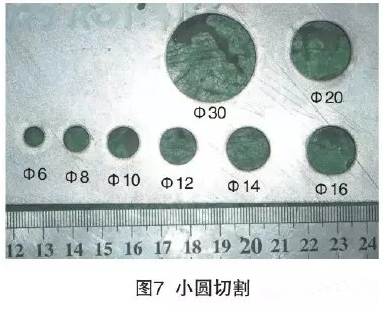
陈长军、张敏、王晓南、胡增荣、孙茜
苏州大学激光加工中心 江苏 苏州 215021
1 引言
1.1 复合焊的优点
激光具有高亮度、高方向性、高单色性、高相干性及特殊的空间分布特性等优点,可获得高达1011W/cm2的聚焦功率密度,其巨大的能量集中在非常小的范围内,能迅速将材料局部升温至极高的温度,并能以较高的冷却速度进行冷却,因此激光加工技术已成为一种无与伦比的材料加工方法[1]。激光材料加工技术在工业领域应用的广泛程度,已然成为衡量一个国家工业水平高低的重要标志。激光焊接技术与传统焊接技术相比,具有焊缝深宽比高、热影响区窄、焊接接头质量佳、生产效率高等突出优点,因此逐渐得到科研人员及企业的关注。常见的激光焊接技术包含单纯激光焊接、激光填丝焊接和激光-电弧复合焊接(Hybrid Laser Arc Welding)。由于激光和熔化极气体保护焊(Gas metal Arc Welding, GMAW)能加速焊接工艺,降低成本,并提高焊接质量。所以激光焊接和复合焊在汽车制造、航空航天领域中已经得到了广泛的应用。但在造船行业中应用还不是很普遍,尤其是在中国的造船上,还在大量的使用人力进行焊接,不仅污染环境、而且劳动强度大、危害比较大、精度和效率也无法保证。
激光复合焊结合了激光焊和MAG焊或其它气体保护焊两种技术的优势。复合焊主要的优点是:焊接穿透的深度深而且焊道窄,焊接速度快,热输入低,热影响区小,热变形小;焊缝质量高,外观佳,物理性能好,返工率低,焊缝底部控制好,可实现单面焊双面成形。并且确保了焊缝的金属结构与机械属性。
阅读全文,点击链接:http://www.laserfair.com/newebook/201611/index.php#page/3
参考文献
[1]Liu Shunhong. Laser Manufacturing Technology[M]. Wuhan: Huazhong University of Science and Technology Press, 2011, 1~4.
刘顺洪. 激光制造技术[M]. 武汉:华中科技大学出版社, 2011, 1~4.
[2]W. Xu, D. Westerbaan, S.S. Nayak, et al.. Tensile and fatigue properties of fiber laser welded high strength low alloy and DP980 dual-phase steel joints [J]. Materials and Design, 2013, 43: 373~383.
[3]W. M. Steen. Arc augmented laser processing of materials [J], Journal of Applied Physics, 1980, 51(11): 5636~5641.
[4]Xiao Rongshi, Wu Shikai. Progress on Laser-arc hybrid welding[J], Chinese Journal of Lasers, 2008, 35(11): 1680~1685.
肖荣诗, 吴世凯. 激光-电弧复合焊接的研究进展[J], 中国激光, 2008, 35(11): 1680~1685.
[5]Ji Yipeng, Chen Jiaqing, Jiao Xiangdong, et al.. Laser-arc hybrid welding technology[J], Welding Technology, 2009, 38(12): 1~7.
姬宜朋, 陈家庆, 焦向东等. 激光-电弧复合热源焊接技术[J], 焊接技术, 2009, 38(12): 1~7.
[6]Cui Li, Zhang Yanchao, He Dingyong, et al.. Research progress of high power fiber laser welding[J], Laser Technology, 2012, 36(2): 154~159.
崔丽,张彦超,贺定勇等.高功率光纤激光焊接的研究进展[J], 激光技术, 2012, 36(2): 154~159.
[7]X.N. Wang, L.X. Du, H.S. Di, et al.. Effect of deformation on continuous cooling phase transformation behaviors of 780MPa Nb-Ti ultra-high strength steel[J], Steel Research International, 2012, 82(12): 1417~1424.
[8]Song Yongjun, Wang Xiaonan, Xu Zhaoguo, et al.. Development of 700MPa grade ultra-high strength heavy duty automobile carriage strip[J], Journal of Mechanical Engineering, 2011, 47(22): 69~73.
宋勇军, 王晓南, 徐兆国等. 700MPa级超高强重载汽车车厢板的研制[J], 机械工程学报, 2011,
47(22): 69~73.
[9]Li Xiaoyan, Wu Chuansong, Li Wushen. Study on the progress of welding science and technology in China[J], Journal of Mechanical Engineering, 2012, 48(6): 19~30.
李晓延, 武传松, 李午申. 中国焊接制造领域学科发展研究[J], 机械工程学报, 2012, 48(6): 19~30.
[10]Liu Jichang, Li Lijun, Zhu Xiaodong, et al.. Discussion on laser welding combined with other heat resources[J], Laser Technology, 2003, 27(5): 486~489.
刘继常, 李力钧, 朱小东等. 试析几种激光复合焊接技术[J], 激光技术, 2003, 27(5): 486~489.
[11]S. Katayama, Y. Kawahito, M. Mizutani. Latest progress in performance and understanding of laser welding[J], Physics Procedia, 2012, 39: 8~16.
[12]C. M. Allen. A brief review of recent developments in laser welding processes for ferritic pipe steels[J], Australasian Welding Journal, 2007, 52(4): 21~22.
[13]Steve Shi, David Howse. Laser welding and laser--MAG compound welding of shipbuilding[J], Electric Welding Machine, 2007, 37(6): 32~39.
石功奇, David Howse. 船用钢结构的激光焊接以及激光-MAG复合焊接[J], 电焊机, 2007, 37(6): 32~39.
[14]Huang Jian, Gao Zhiguo, Cai Yan, et al.. High power CO2 laser welding of shipbuilding steel[J], Electric Welding Machine, 2008, 38(3): 7~11.
黄坚, 高志国, 蔡艳等. 船用钢板的高功率CO2激光焊接[J], 电焊机, 2008, 38(3): 7~11.
[15]J.M. Ni, Z.G. Li, J. Huang, et al.. Strengthening behavior analysis of weld metal of laser hybrid welding for microalloyed steel[J], Materials and Design, 2010, 31(8): 4876~4880.
[16]D. Petring, C. Fuhrmann, N. Wolf, et al.. Investigations and applications of laser-arc hybrid welding from thin sheets up to heavy section components[A]. 22nd International Congress on Applications of Lasers and Electro Optics[C]. Congress proceedings, 2003: 1~10.
[17]S.H. Zhang, Y.F. Shen, H.J. Qiu. The technology and welding joint properties of hybrid laser-TIG welding on thick plate[J], Optics & Laser Technology, 2013, 48: 381~388.
[18]Z.J. Liu, M. Kutsuna, L.Q. Sun. CO2 laser-MAG hybrid welding of 590MPa high strength steel[J], 溶接学会論文集, 2006, 24(1): 17~25.
[19]By C. Roepke, S. Liu. Hybrid Laser arc welding of HY-80 Steel [J], Welding Journal, 2009, 88(Supplementary Issue): 159~167.
[20]By C. Roepke, S. Liu, S. Kelly, et al.. Hybrid laser arc welding process evaluation on DH36 and EH36 steel[J], Welding Journal, 2010, 89: 140~150.
[21]Zeng Xiaoyan, Gao Ming, Yan jun. Effects of shielding gas in laser-arc hybrid welding[J], Chinese Journal of Lasers, 2011, 38(6): 1~7.
曾晓雁, 高明, 严军. 保护气体对激光-电弧复合焊接的影响[J], 中国激光, 2011, 38(6): 1~7.
[22]P. Sathiya, M.K. Mishra, R.Soundararajan, et al.. Shielding gas effect on weld characteristics in arc-augmented laser welding process of super austenitic stainless steel[J], Optics & Laser Technology, 2013, 45: 46-55.
[23]G.Tani, G. Campana, A. Fortunato, et al.. The influence of shielding gas in hybrid Laser-MIG welding[J], Applied Surface Science, 2007, 253: 8050~8053.
[24]L.H. Hu, J. Huang, Z.G. Li, et al.. Effects of preheating temperature on cold cracks, microstructures and properties of high power laser hybrid welded 10Ni3CrMoV steel[J], Materials and Design, 2011, 32: 1931~1939.
[25]Hu Peipei, Wang Chunming, Hu Xiyuan. Research progress of fiber laser welding and fiber laser-arc hybrid welding[J], Welding, 2011, 7: 40~45.
胡佩佩, 王春明, 胡席远. 光纤激光及其复合焊接研究进展[J], 焊接, 2011, 7: 40~45.
[26]M. Shin, K. Nakata. Single pass full penetration welding of high-tensile steel thick-plate using 4kW fiber laser and MAG arc hybrid welding process[J], 溶接学会論文集, 2009, 27(2): 80-84.
[27]X. Cao, P. Wanjara, J. Huang, et al.. Hybrid fiber laser – Arc welding of thick section high strength low alloy steel[J], Materials and Design, 2011, 32: 3399~3413.
[28]S. Grünenwalda, T. Seefeld, F. Vollertsen. Solutions for joining pipe steels using laser-GMA-hybrid welding processes[J], Physics Procedia, 2010, 5: 77~87.
[29]G. Turichin, E. Valdaytseva, I. Tzibulsky, et al.. Simulation and technology of hybrid welding of thick steel partswith high power fiber laser[J], Physics Procedia, 2011, 12: 646~655.
[30]M. Rethmeier, S. Gook, M. Lammers, et al.. Laser-hybrid welding of thick plates up to 32mm using a 20kW fiber laser[J], Quarterly Journal of the Japan Welding Society, 2009, 27(2): 74~79.
[31]V. Caccese, P.A. Blomquist, K.A. Berube, et al.. Effect of weld geometric profile on fatigue life of cruciform welds made by laser/GMAW processes[J], Marine Structures, 2006, 19: 1~22.
[32]Wang Qiming. Breakthroughs and developments of semiconductor laser in China[J], Chinese Journal of Lasers, 2010, 37(9): 2190~2197.
王启明. 中国半导体激光器的历次突破与发展[J], 中国激光, 2010, 37(9): 2190~2197.
[33]Wang Yonggang, Ma Xiaoyu. The application and present situation of lasers in the automobile industry[J], Journal of Applied Optics, 2004, 25(5): 1-2.
王勇刚, 马骁宇. 激光在汽车工业中的发展现状与应用[J]. 应用光学, 2004, 25(5): 1-2.
[34]UWE REISGEN。船舶制造中的激光复合焊[J]. Industrial Laser Solution,2014.10,http://www.industrysourcing.cn/article/302539。
发布时间 : 2017-11-24
胡增荣 孙茜 陈长军 张敏 王晓南
苏州大学 江苏 苏州 215137
引言
我国铁路事业发展迅猛,截至2015年底,我国铁路运营总里程达到12.1万公里,其中高速铁路运营里程超过1.9万公里,占世界高铁运营里程的60%[1]。显然,伴随着铁路事业的发展,铁路机车保有量也迅速增加,截至2014年末,我国的铁路机车车辆保有量已达到20,000台,而考虑到一定的机车报废率,每年的机车报废量亦足够可观,合理地处理这些机车车辆将至少有着环保性、经济性两重益处。引入再制造技术,将再制造技术与机车车辆相结合,将会是处理废旧机车车辆及其零部件的重要选择,其意义非常重大。
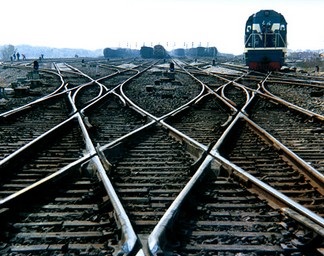
再制造是指基于机械设备全寿命周期理论,在节约、环保、优质、高效的原则下,为了改善乃至提升废旧设备性能,以先进技术和产业化生产为手段,进行修复、改造废旧设备的一系列技术措施或工程活动的总称[2]。
根据铁道部《机车报废管理办法》,如果机车车辆一次维修费用超过此类新车现价的60%时,应当办理机车车辆报废申请手续[3],而根据NRE(National Railroad Equipment)的数据,再制造一辆机车的成本是不到新机车现价的60%,因此在经济上具有可行性;而在机车性能上,一次再制造可以提升机车性能使之寿命延长15-20年,在性能改善上,再制造是值得的;另外一点是,机车再制造可以实现“定制化”,既可以对已经性能降低的零部件单独处理再制造使之至少恢复原有性能,也可以对部分零部件进行维护或者更换,通过再制造技术升级性能,使再制造技术充分满足我们的不同需求。
阅读全文,点击链接:http://www.laserfair.com/newebook/201703/index.php#page/2
发布时间 : 2017-11-24





